Unlike my previous posts, Tribuća and Tara rafting, which were meant to be guides for real adventure and food for the appetites of adrenaline addicts, Panjica canyon is an easy tour. It is a beautiful location, accessible to all types of nature lovers. It doesn’t matter if you go there with friends or family, if you are young or old or whether you are in extra shape. It is enough that you just want to head out (door) and get to know the treasures of Serbia.
Panjica Canyon is a very specific location. Usually, it takes many hours of walking and/or orientation in a rather awkward and unmarked terrain to reach the most beautiful natural gems. This canyon is offered “on a plate”. In this adventure you can indulge on your own, or join a hiking club.
 Coordinates:43.661480, 20.061127
Coordinates:43.661480, 20.061127 Distance from BG:190km
Distance from BG:190km Difficulty:2 – PIECE OF CAKE
Difficulty:2 – PIECE OF CAKE Realization:SOLO OR HIKING CLUB
Realization:SOLO OR HIKING CLUB Equipment: BACKPACK, SNEAKERS, SWIMSUIT
Equipment: BACKPACK, SNEAKERS, SWIMSUIT
I know that this tour is organized by KAUP and Planinari avanturisti, and I believe the price is around 1,500 dinars.
There are many roads to this beautiful natural attraction, the pride of the Arilje district. I used the route Belgrade-Valjevo-Požega-Arilje. Next, continue along the main road, some 15 kilometers, through the gorge of the river Moravica to Ivanjica. Shortly after the turn at the monastery Klisura, turn right towards the village Dobrače. After three or four kilometers, at the first intersection, turn right, over the yellow bridge and soon you will see a fountain and a memorial plaque where you can park your car and start exploring.
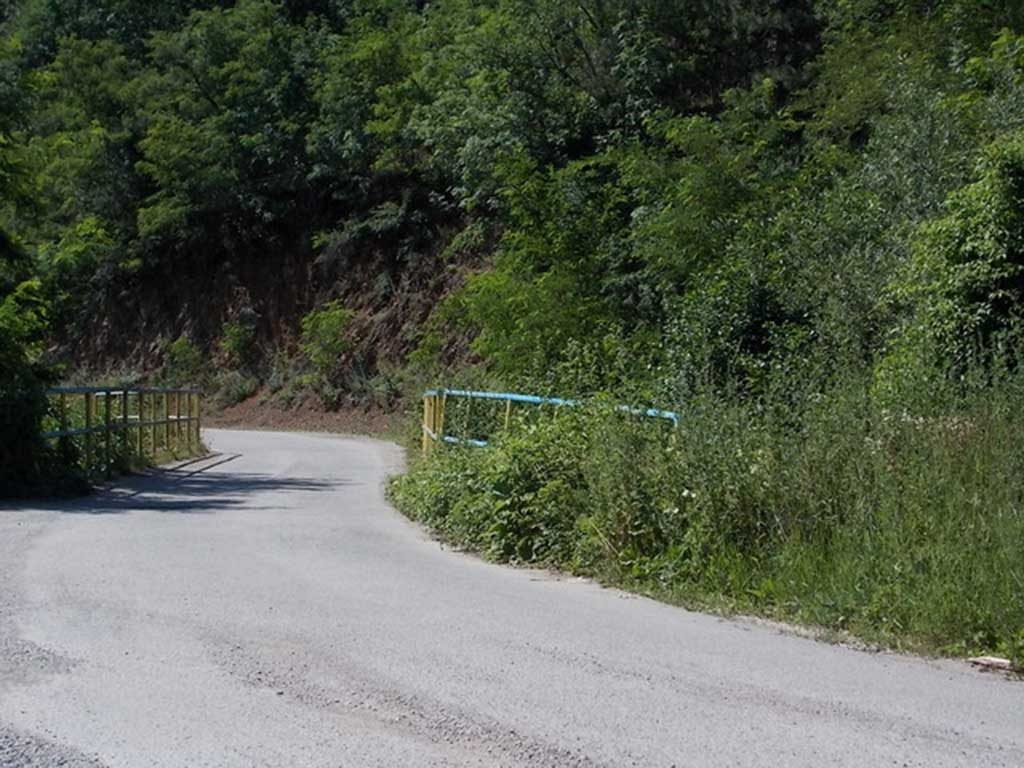
Yellow bridge
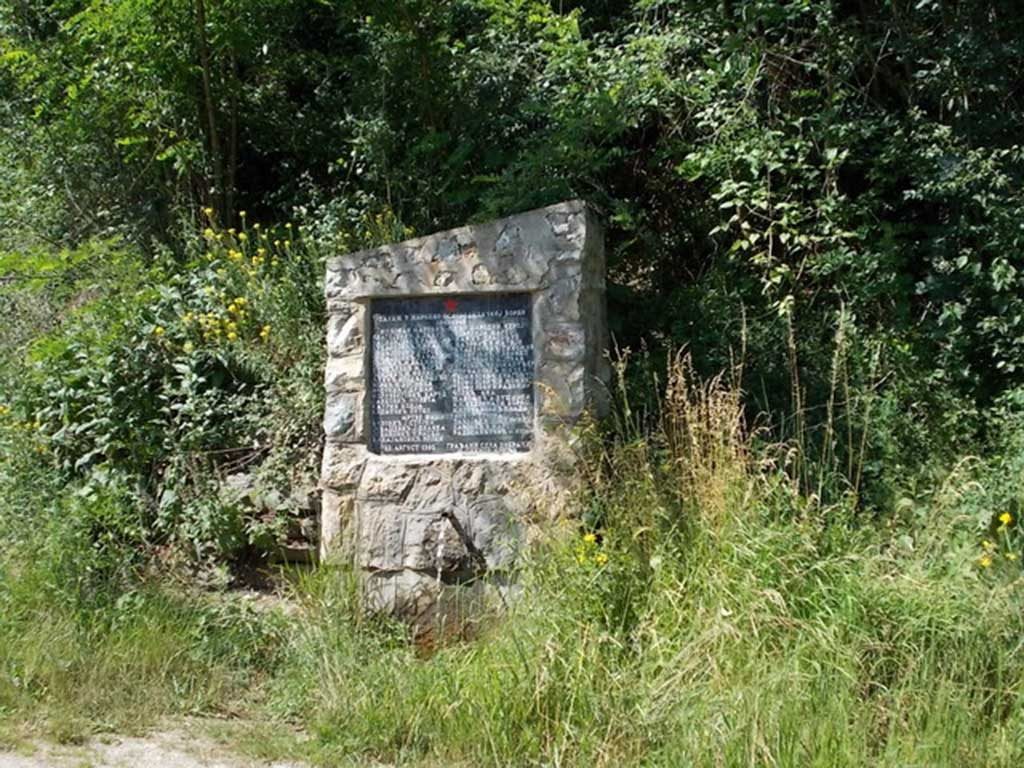
Don’t worry about navigation. In addition to my instructions, you will have the help of road signs, it is surprisingly nicely marked. And you can always ask one of the very friendly and helpful locals.
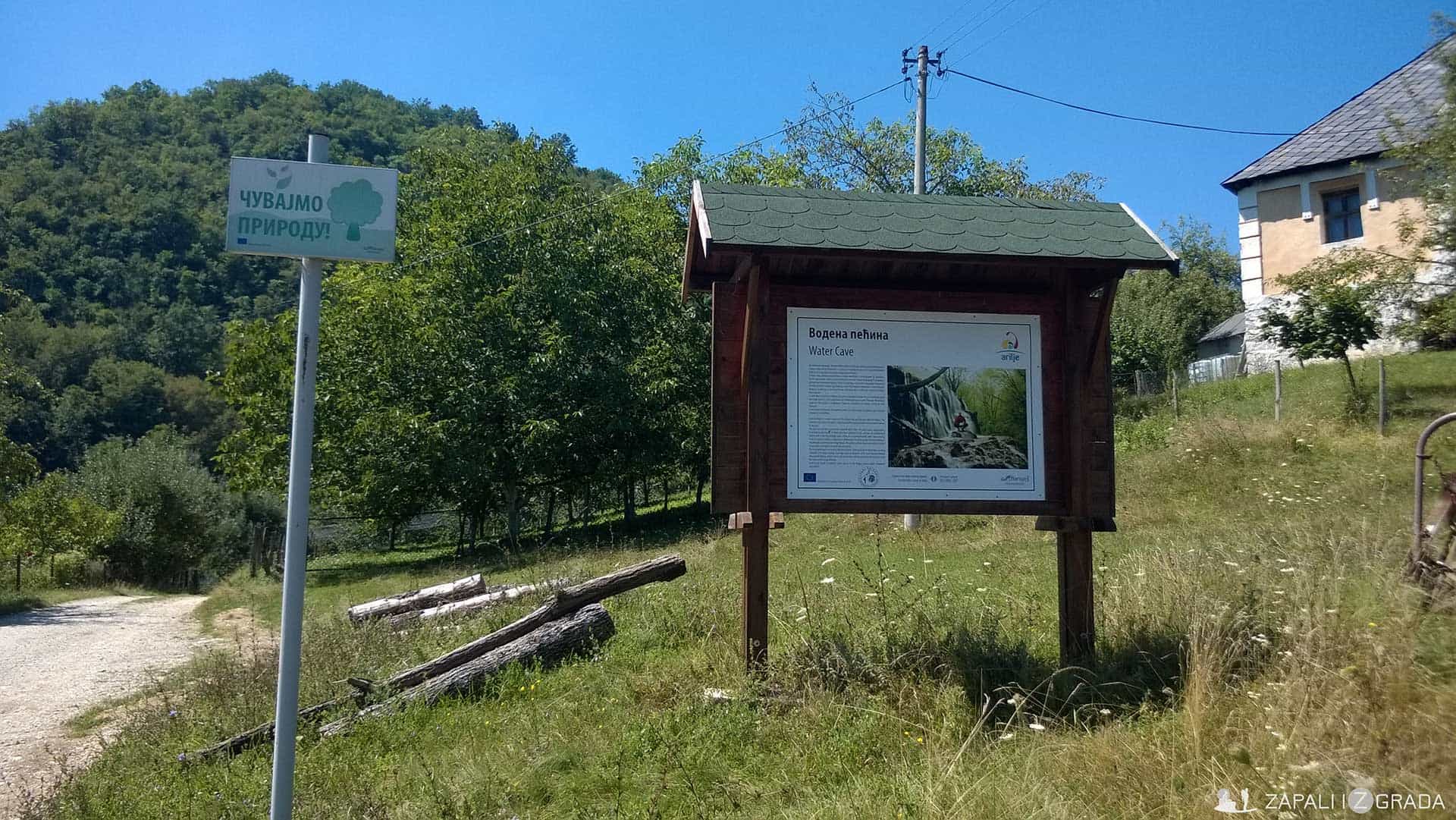
Your first direction will be provided by the signboard to the water cave. The path leads uphill next to slopes, woods, raspberry plants and other natural landmarks, part of the recognizable charm of Western Serbia. If you choose to do this trip in July, which is my recommendation, you will find plenty of super tasty raspberries and blackberries. Be humble in consumption; do not pick a quantity required for making jam. When in nature, you should be moderate and take only as much as is needed at any given moment; you should think of others, behave so as not to disturb the balance of nature. In other words, your behavior should be the complete opposite of what you face every day in the city.
Very quickly you come to a tiny village. Those few houses are nested on the slopes, before the entrance to the canyon.

In one of them, the latest in the series, you can buy refreshments on your way back. The family of Boško Gačević welcomes hikers for years. In the shade of the rural households you can enjoy raspberry juice, plum brandy, cold beer and black coffee. Continue straight ahead and approach an unmarked, Y-shaped intersection of wagon roads. Here you turn left and after a few minutes you get to the river and the “door” of the canyon.
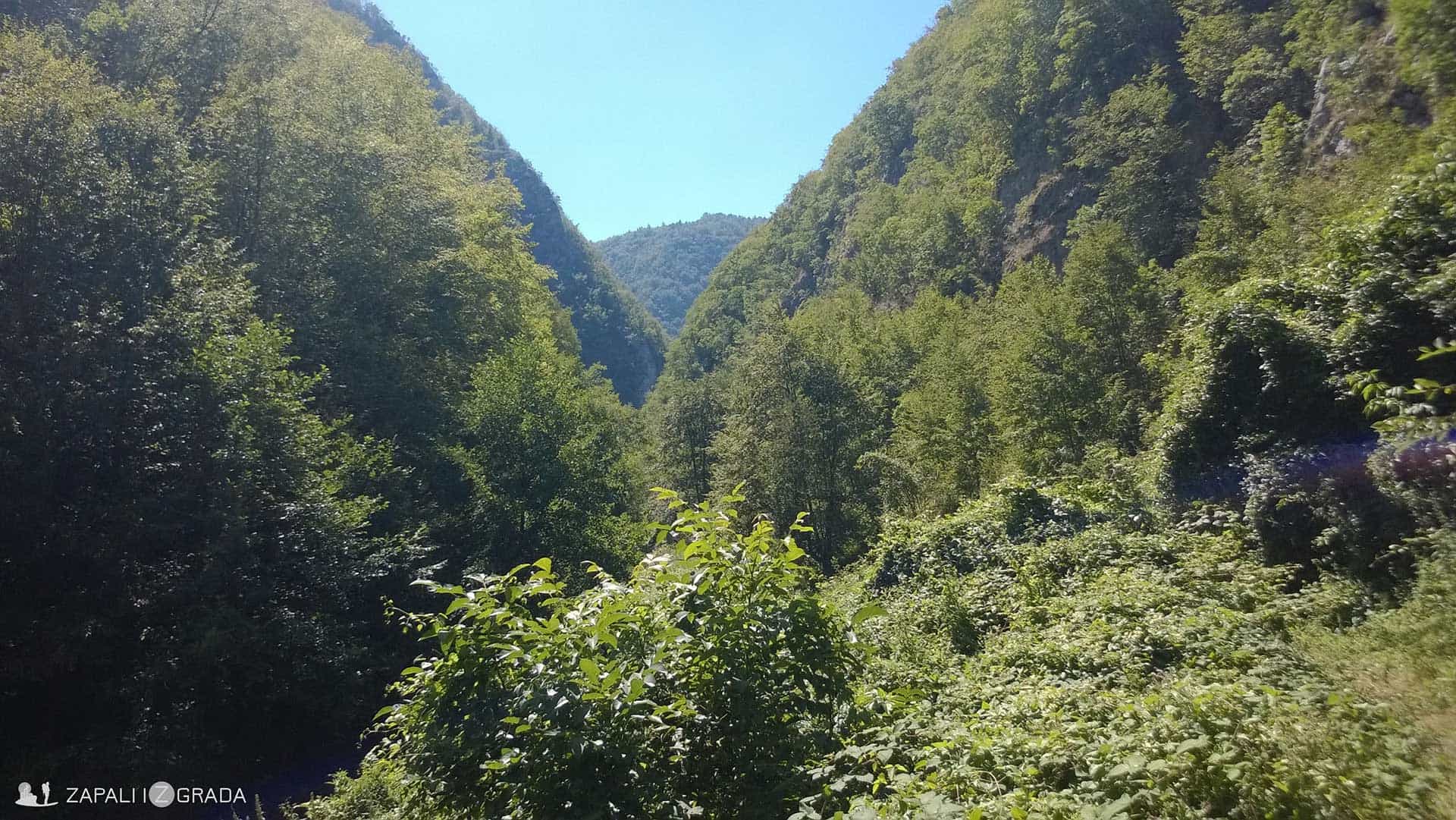
From the first quick glance you will notice that nature was very generous to this region, the vegetation will completely surround you. You could make a movie “50 shades of green.” Deciduous forest, ferns, bushes, nettles, blackberry and a lot more, also the endemic species campanula secundiflora, as you already guessed, found by Josif Pančić (famous Serbian botanist).
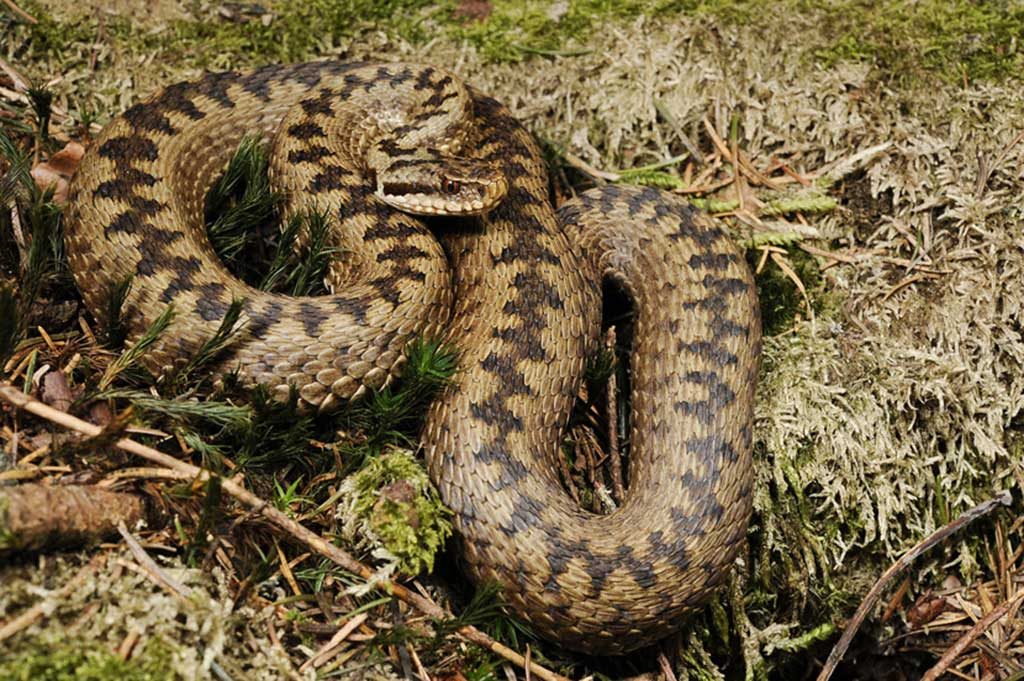
Sure, it was easy for him to find them, when there were many more in the past. Today, only about a hundred of them are left.
Passing through the canyon does not require special knowledge, skills or readiness. I suggest it as an option for those who want to cool away from city crowds and summer heat, and yet want it to be meaningful. There is no chance to be lost even if you “let your brain loose.” Just follow the marked forest track. A well know species of poisonous snakes, the common viper (lat. vipera berus) lives in the canyon, but on a hot July day there is a minimum chance of meeting them. They are mainly seen in May when they mate. Still, watch your step.
The trail curves mainly near the water, but still, you will have to cross the creek in four places. There used to be wooden bridges that were destroyed in the floods a few years ago. Do not worry, take one stone at a time and there is no problem. As a second option, just take off your shoes and cross the shallow creek.
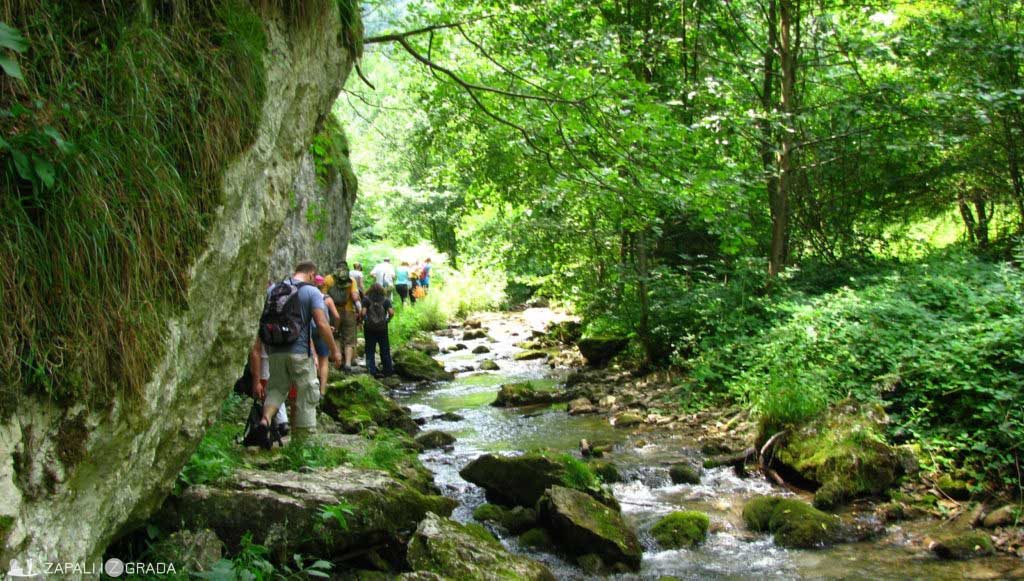
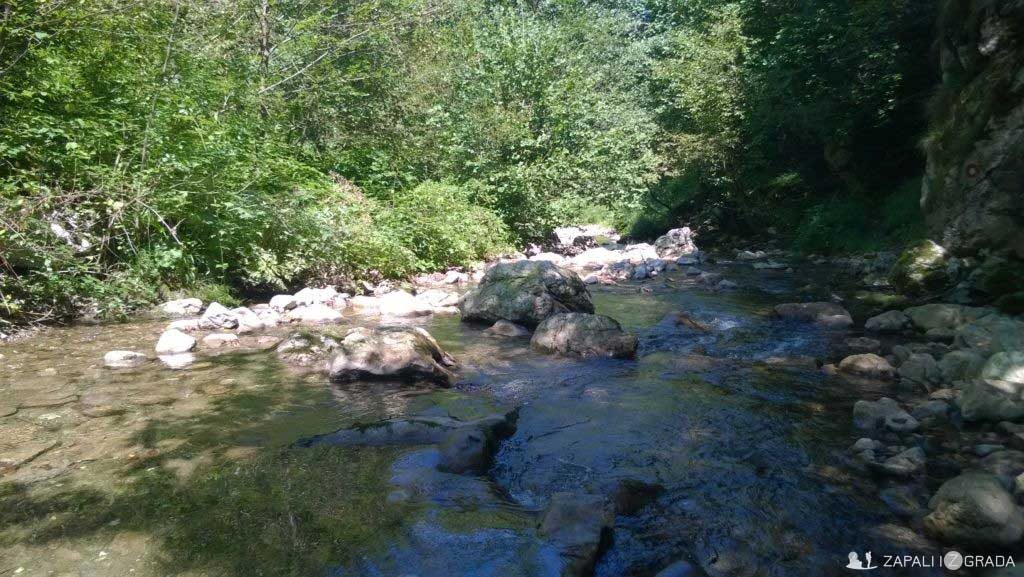
After a couple of kilometers you will reach the waterfall which is absolutely breathtaking and has a phenomenal power of psychological displacement. Some people who saw this scene recalled the movies filmed in the tropics, and I revived images from all the epic fantasy books that I’ve read. Whatever will be your association, it is certainly worth admiring this 10-meter high waterfall, which pours over moss-covered tufa rock shelters.
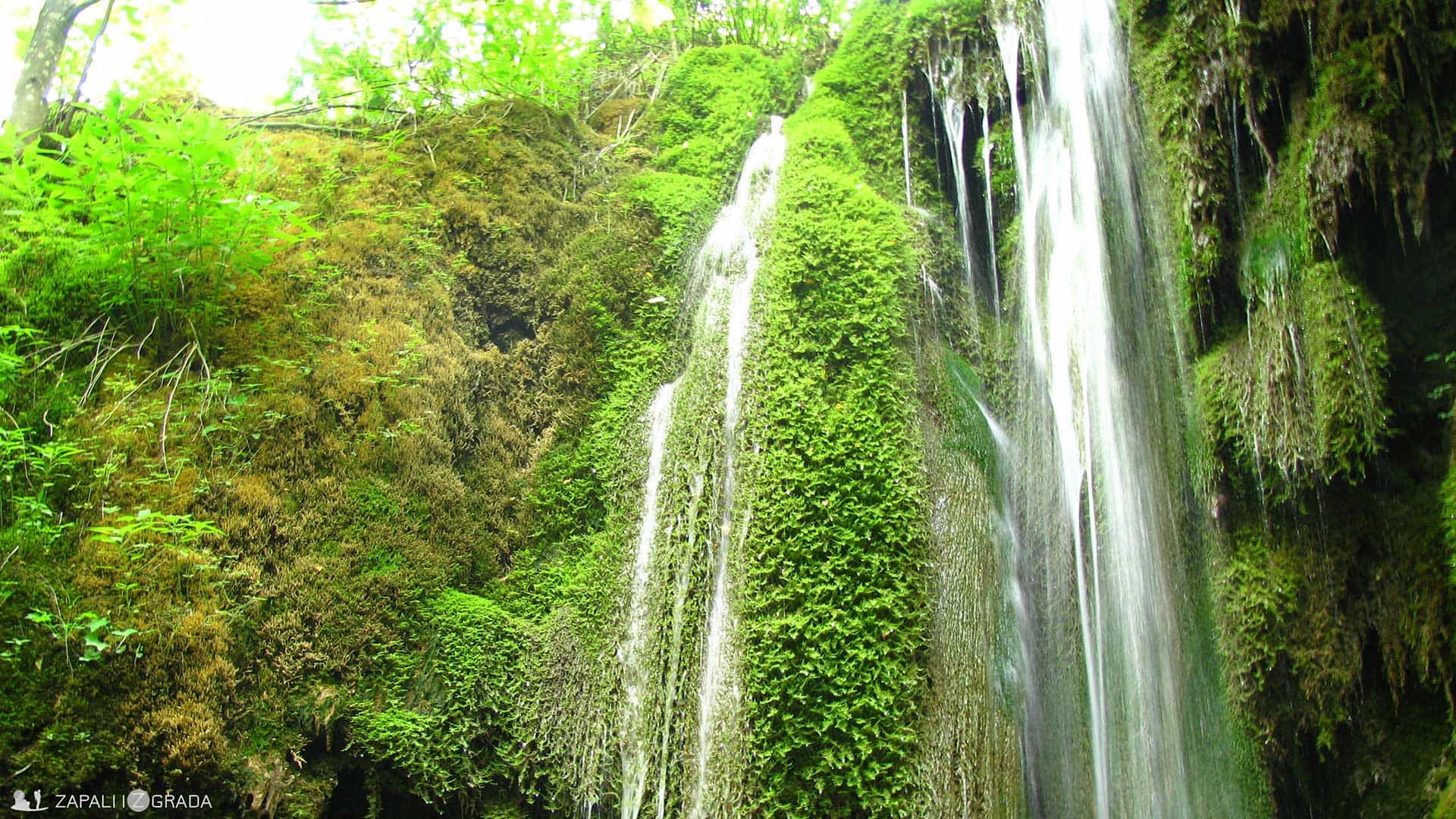

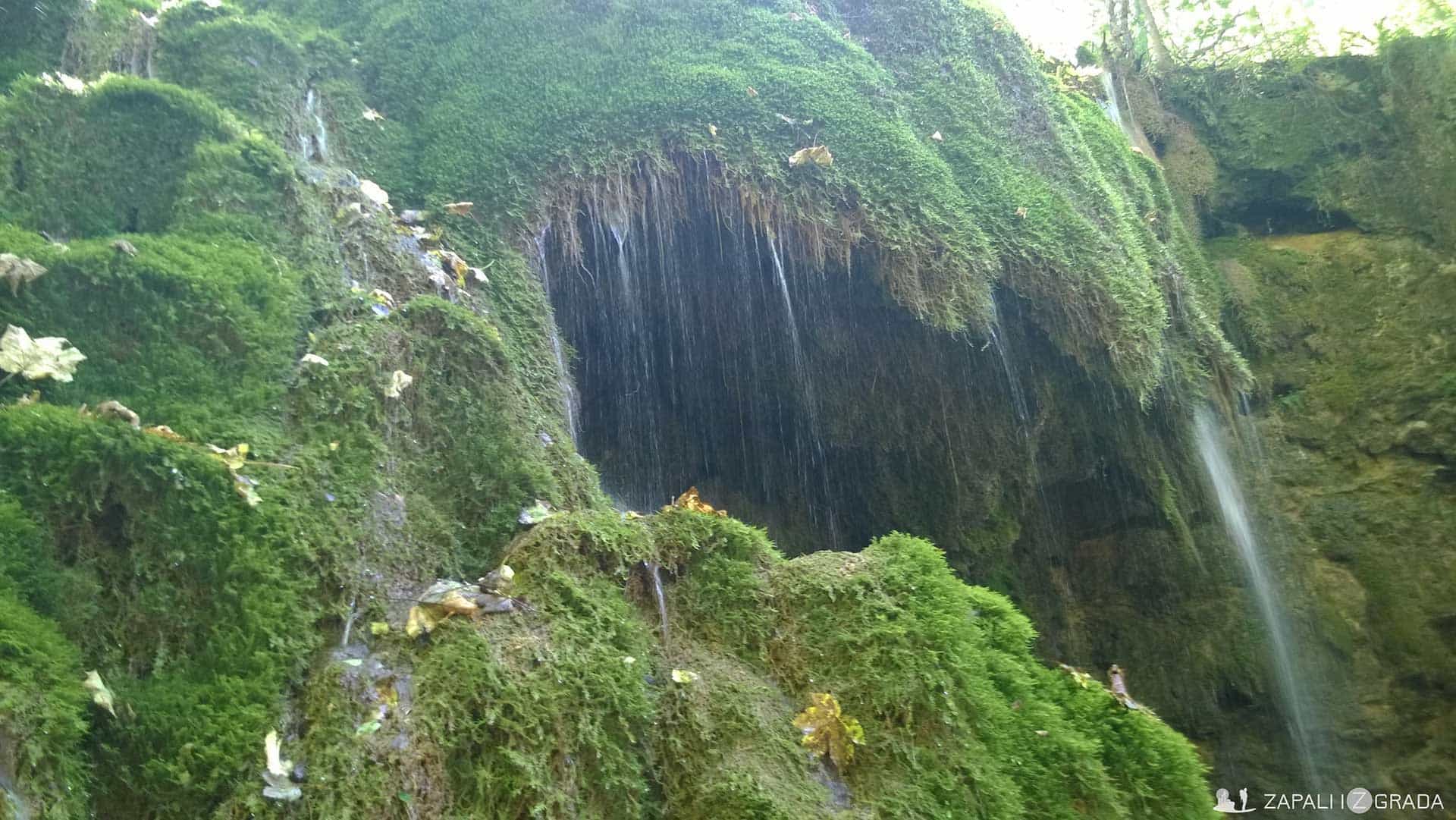
The whole place is dominated by a huge tree, whose jagged roots create a strange groundwork that water uses cleverly to burst in all directions.
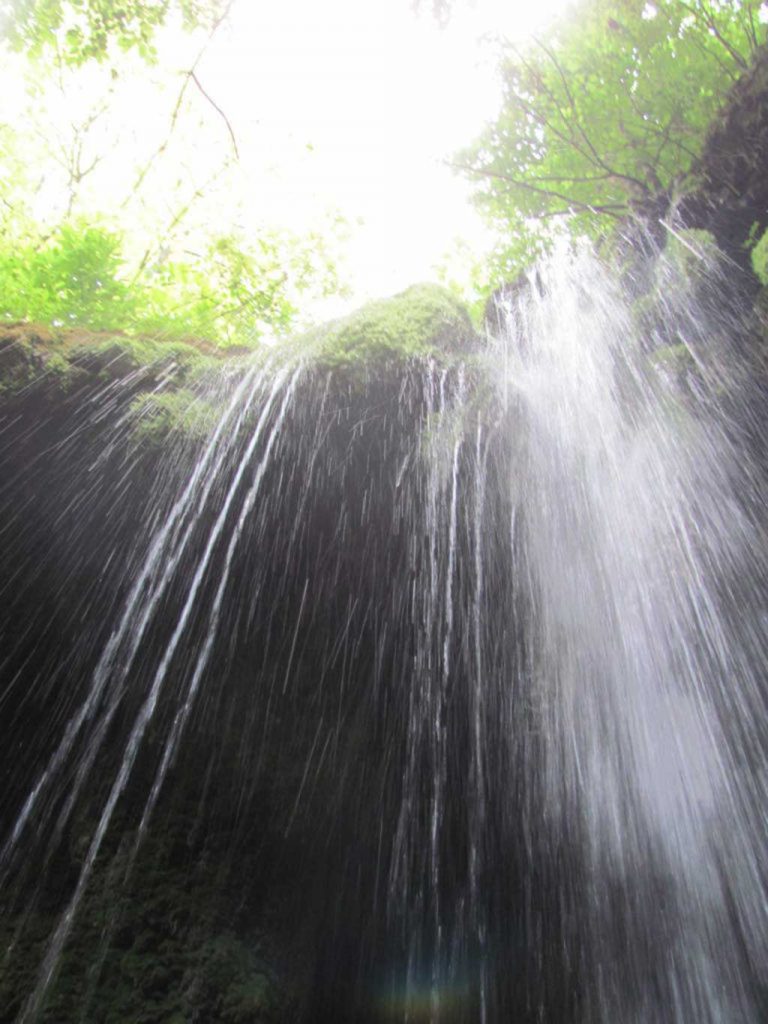
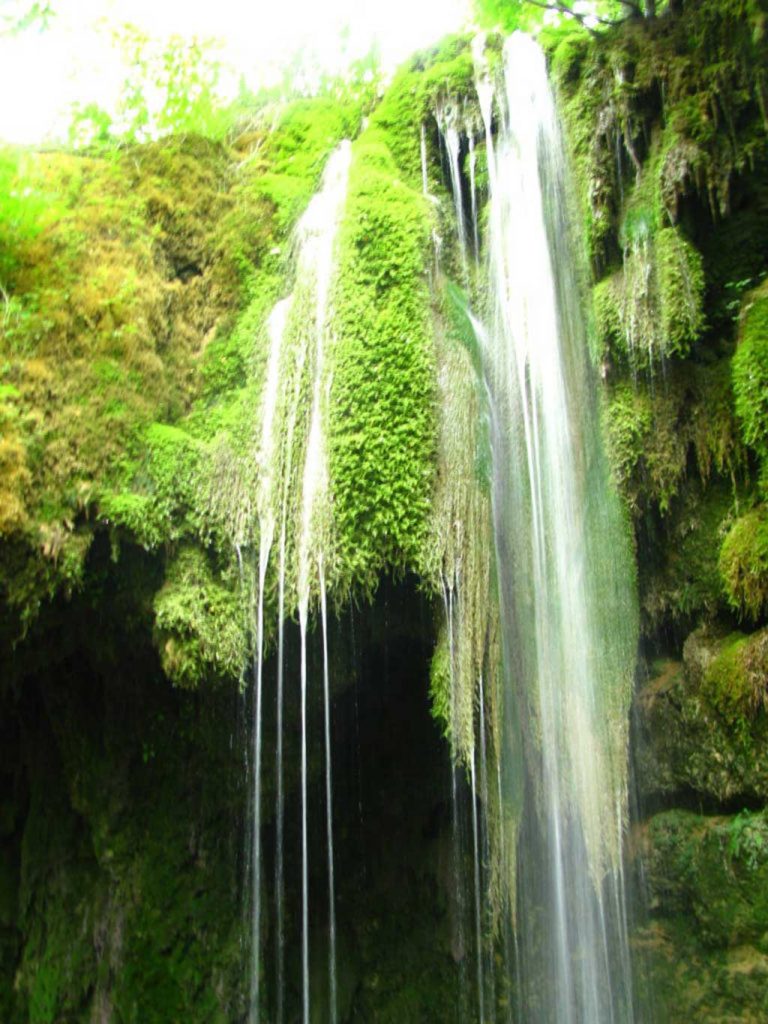
If you look a little on the side, you will find additional caves, waterfalls and you will be able to enjoy the magical play of light, color and water.
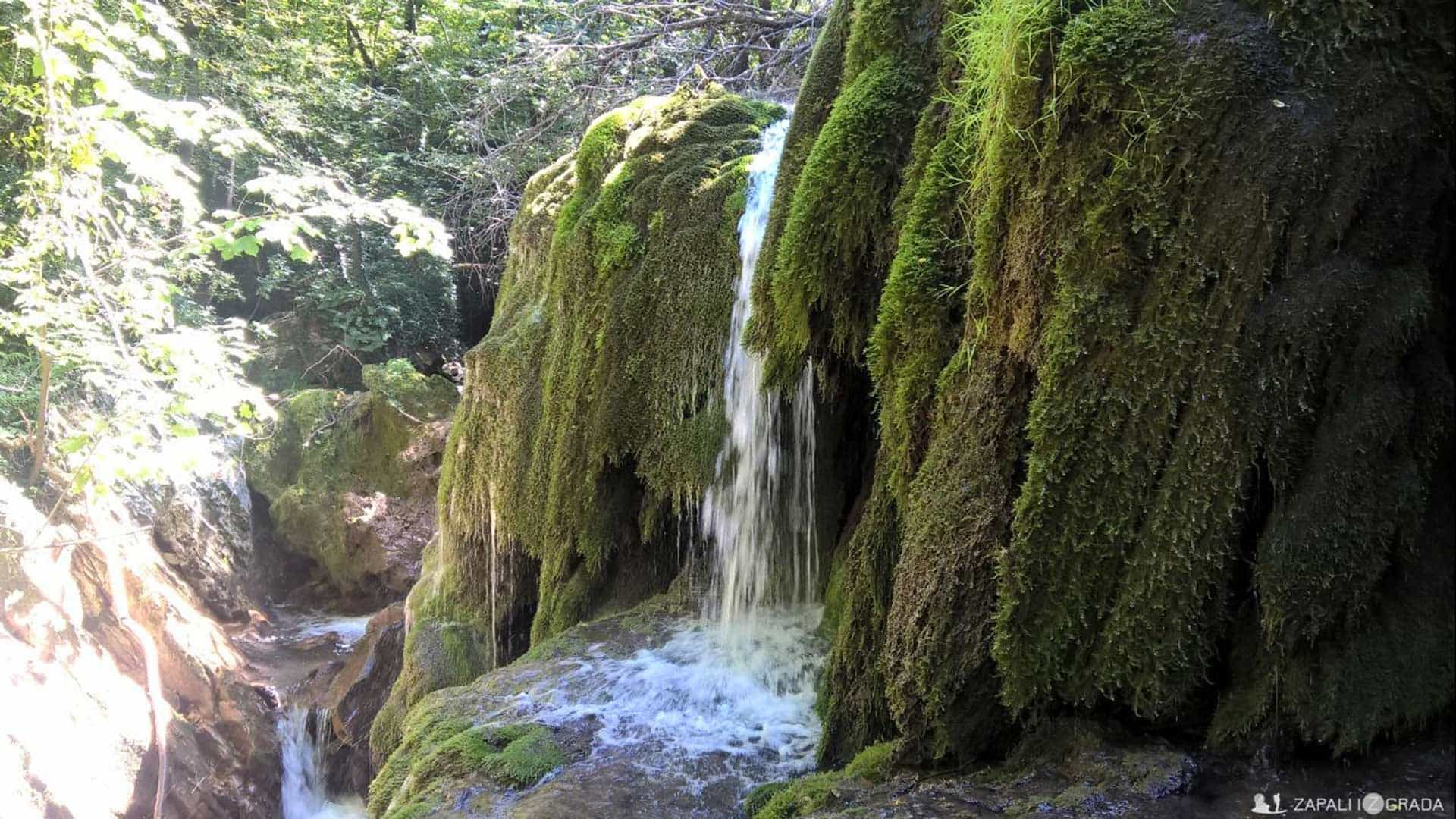
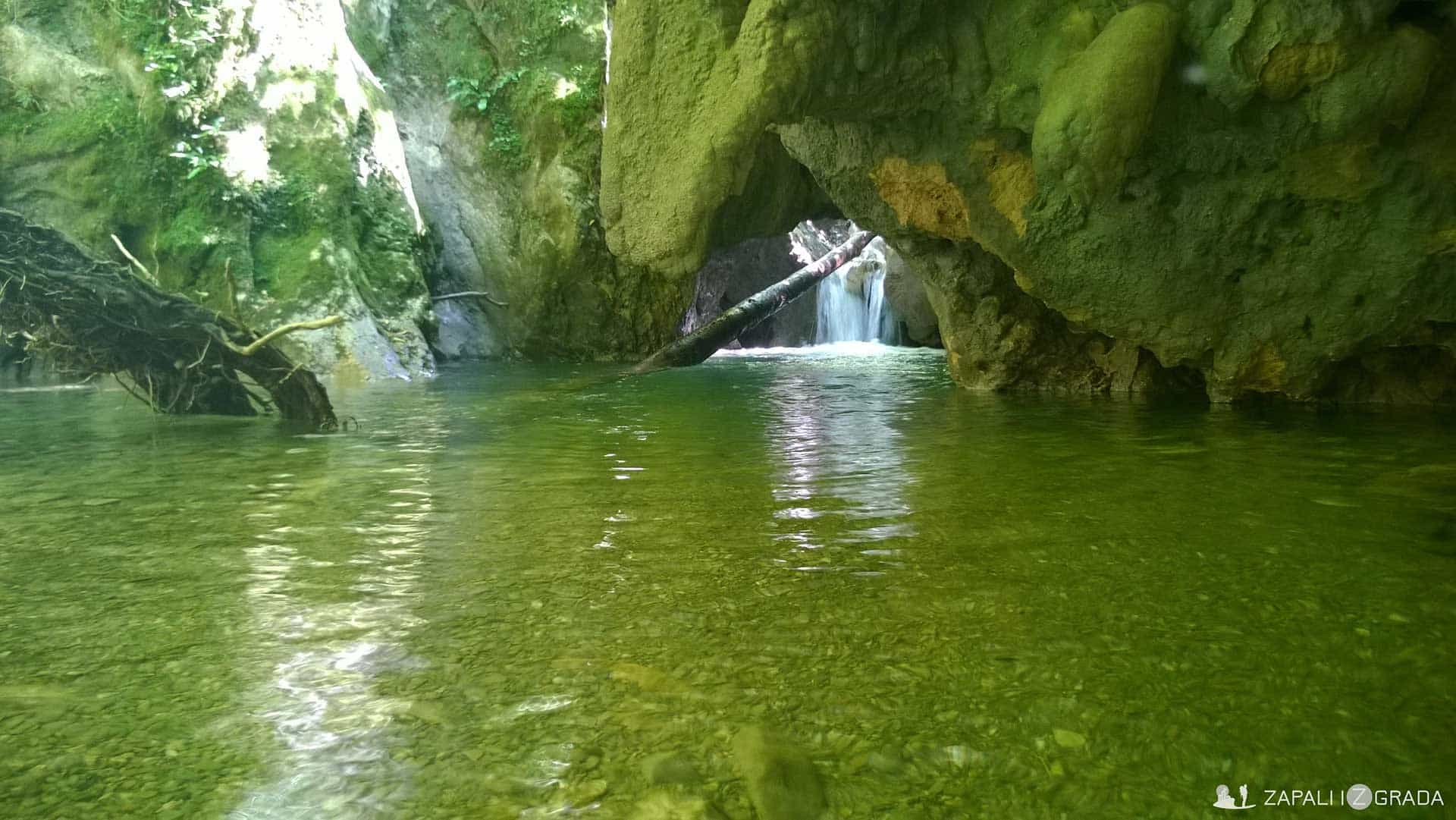

When you continue down the path, you will come out on a glade surrounded by green peaks, with Panjica in the center, bucking through bronze and brown cascades.
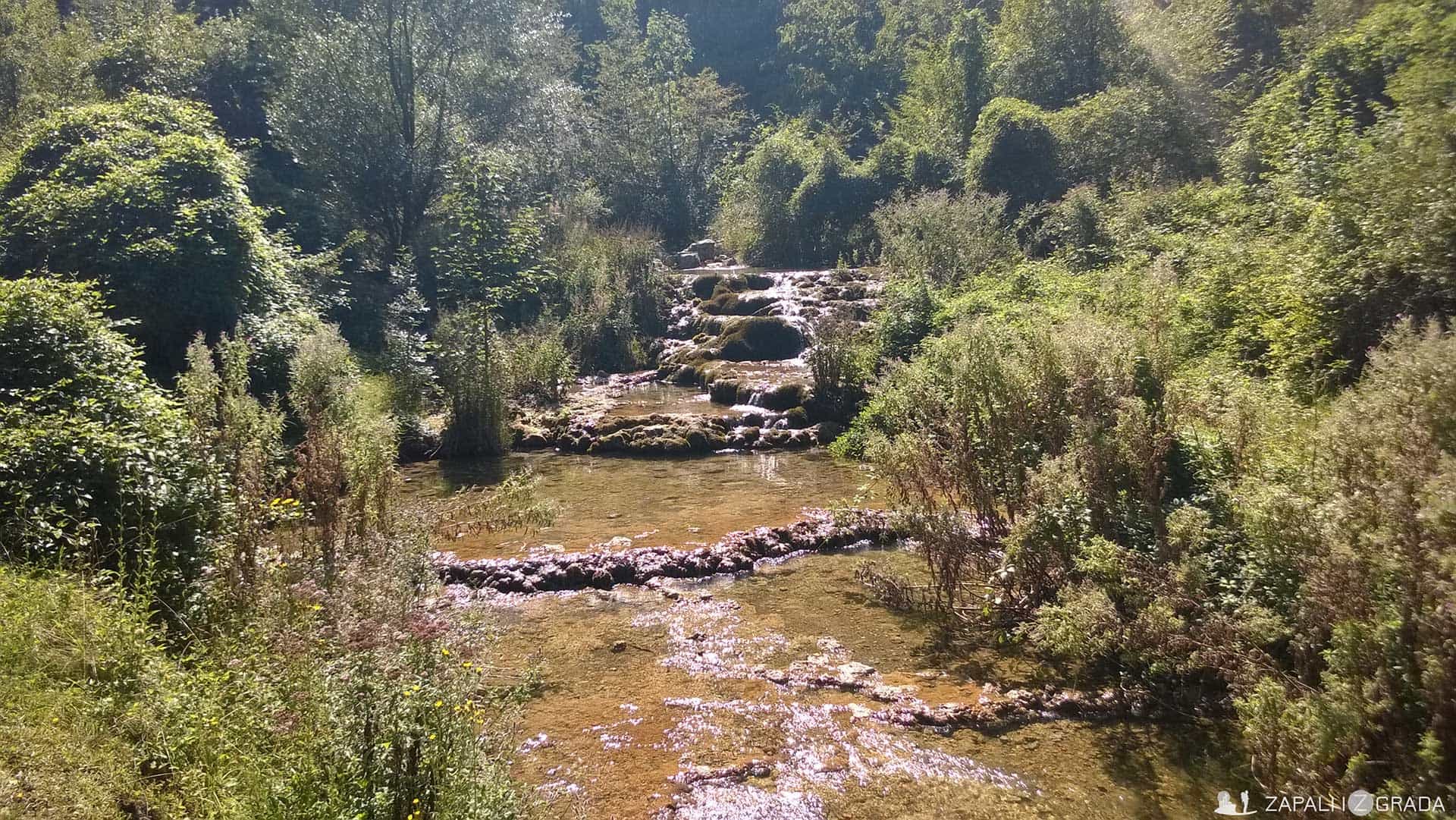
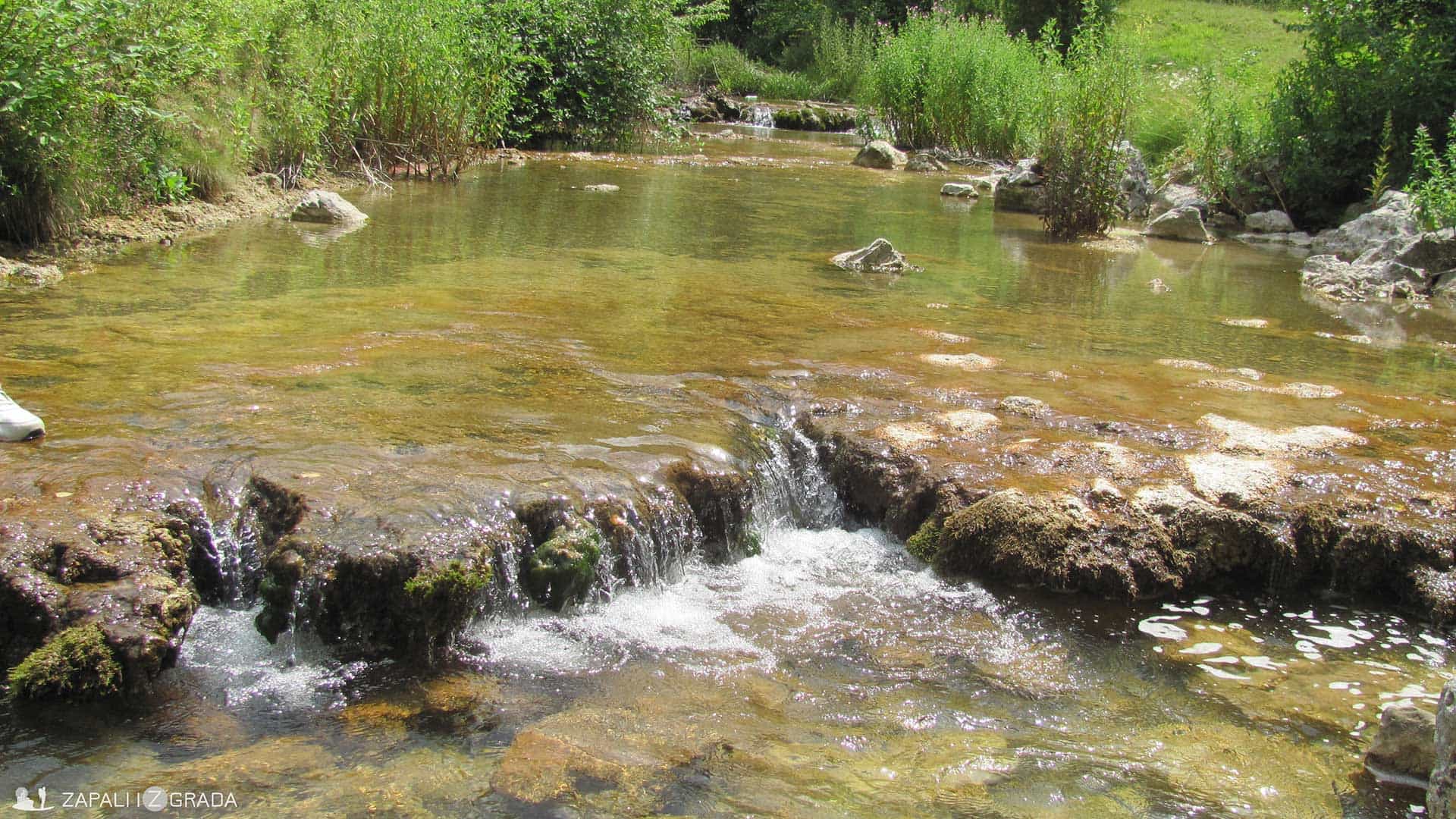
From there, after a few minutes’ walk upstream you will reach the attractive and mysterious spring in the water cave, which can be walked into for about a hundred meters. It is assumed that the body of water that comes out of the cave is an underground stream coming out of multiple sources. Some of the bolder divers and nature lovers exploring the cave claim that deep in the cave there is a lake, and possibly a few more lakes going further. For us, unskilled, untrained and unequipped for such an adventure, it is ok to enjoy the accessible beauty.
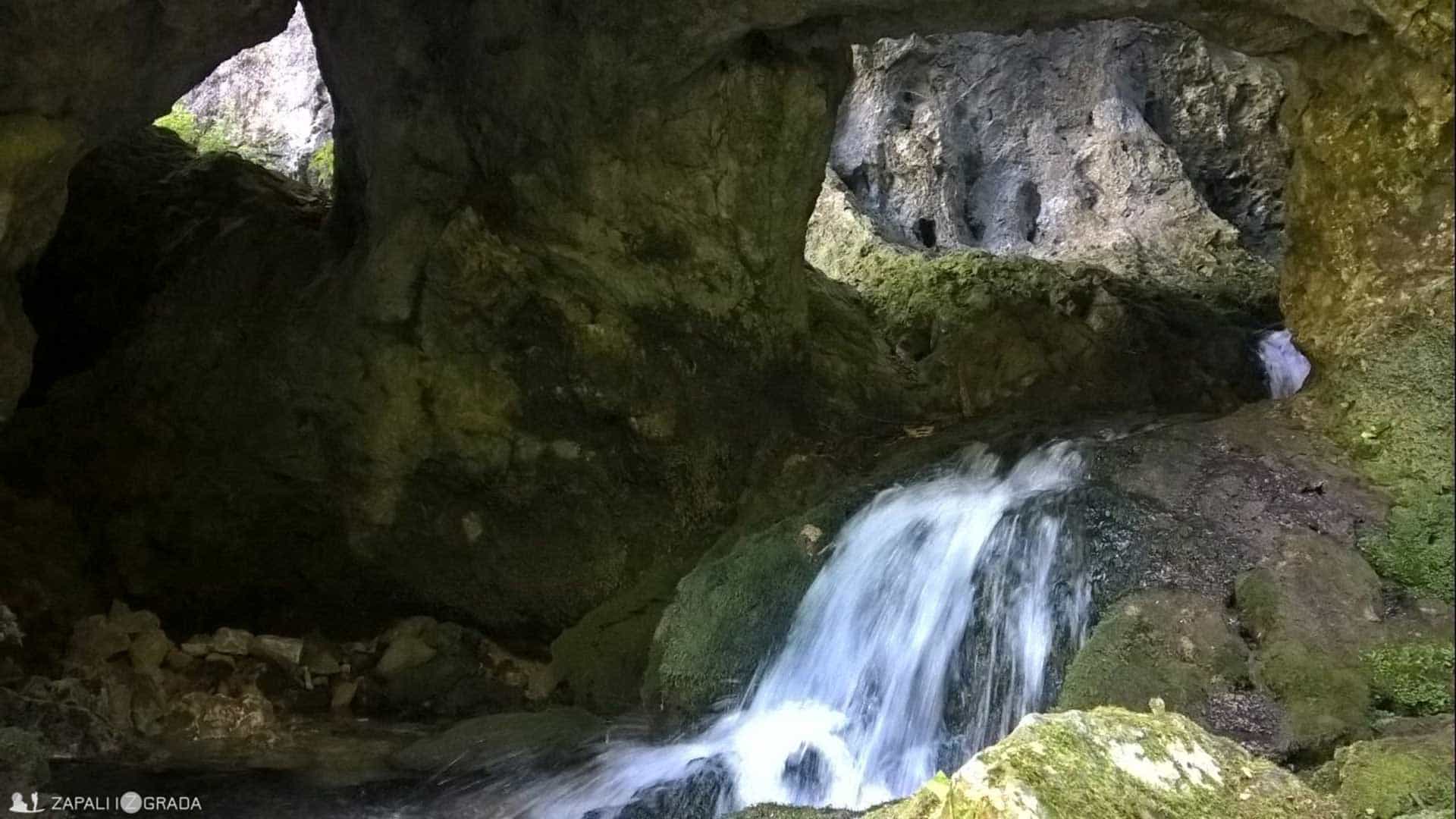
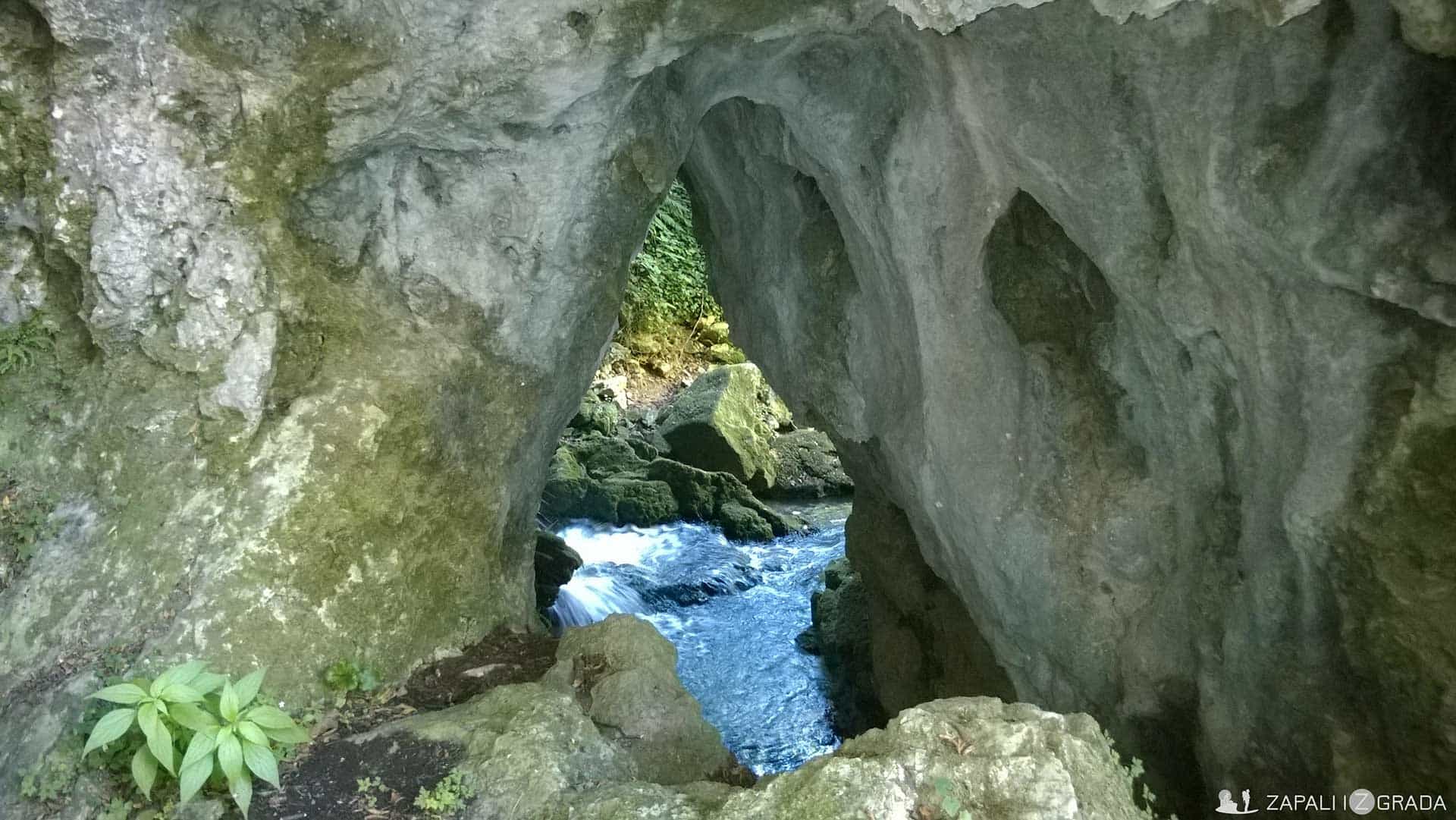
The cave is full of holes and the sunlight passes as if through windows, providing incredible reflections and gleams which will, depending on the time of day and year, give the most diverse varieties of shadows, shapes and colors. When you fill your soul and the camera, return the same way.
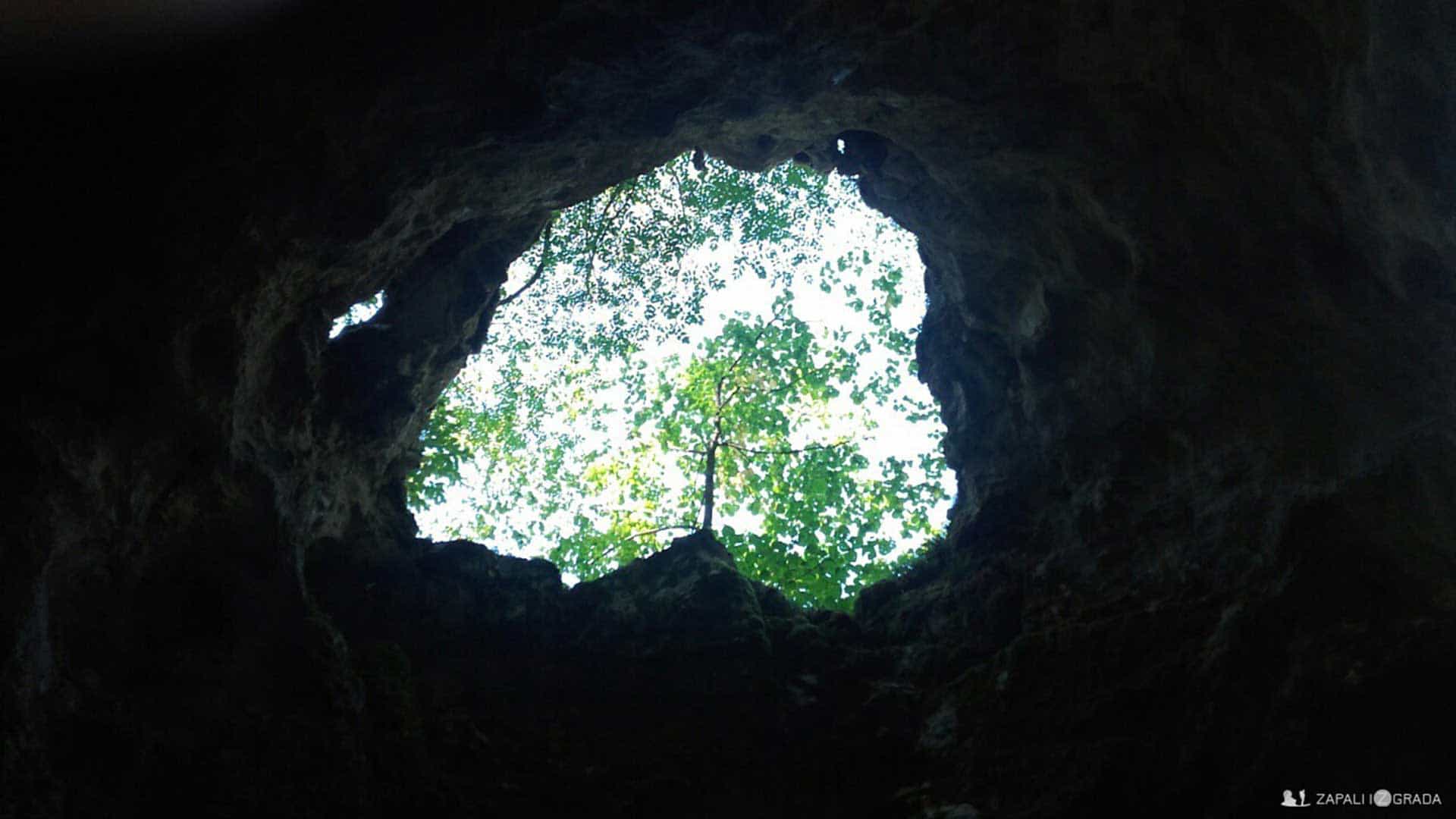
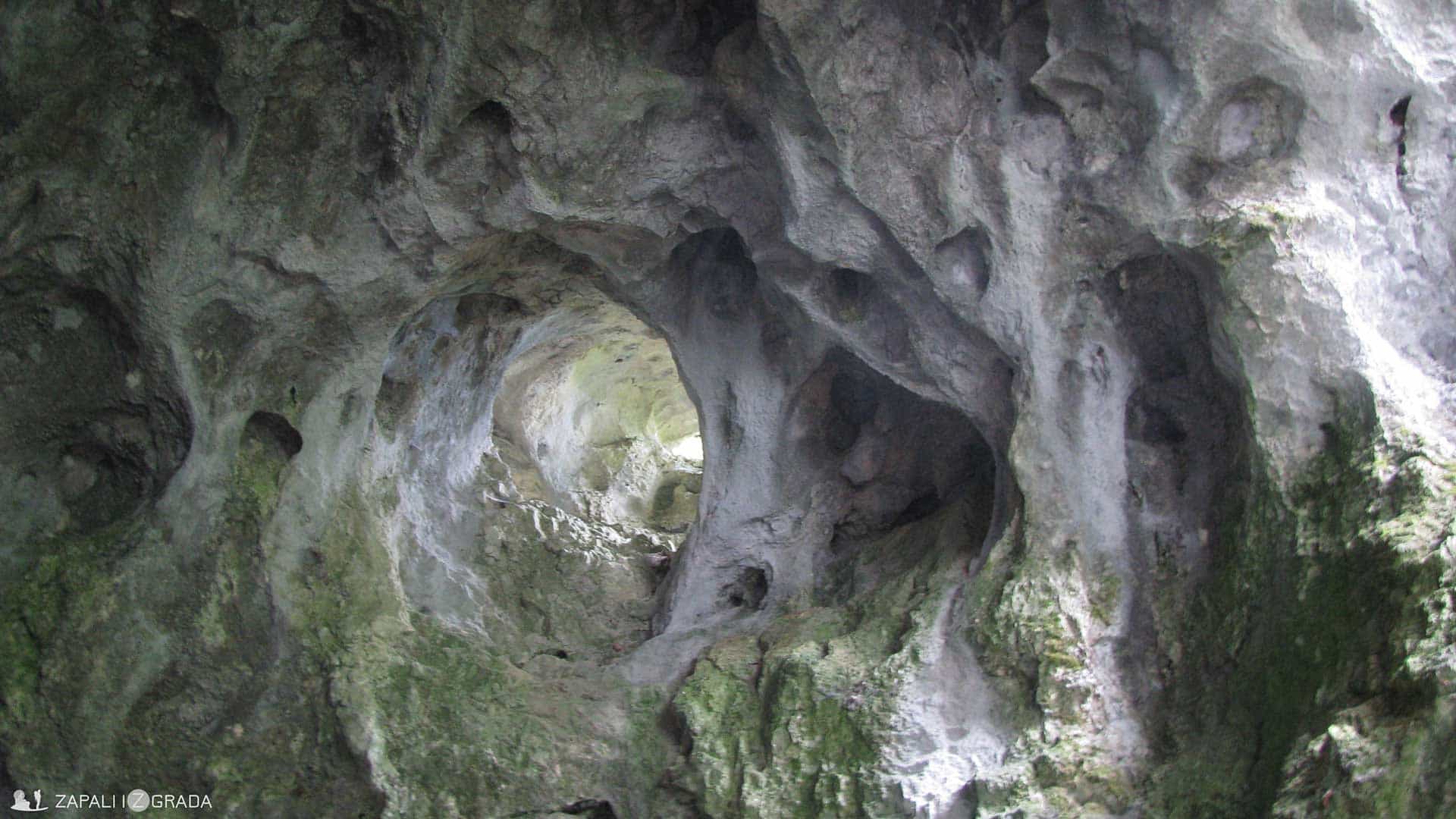
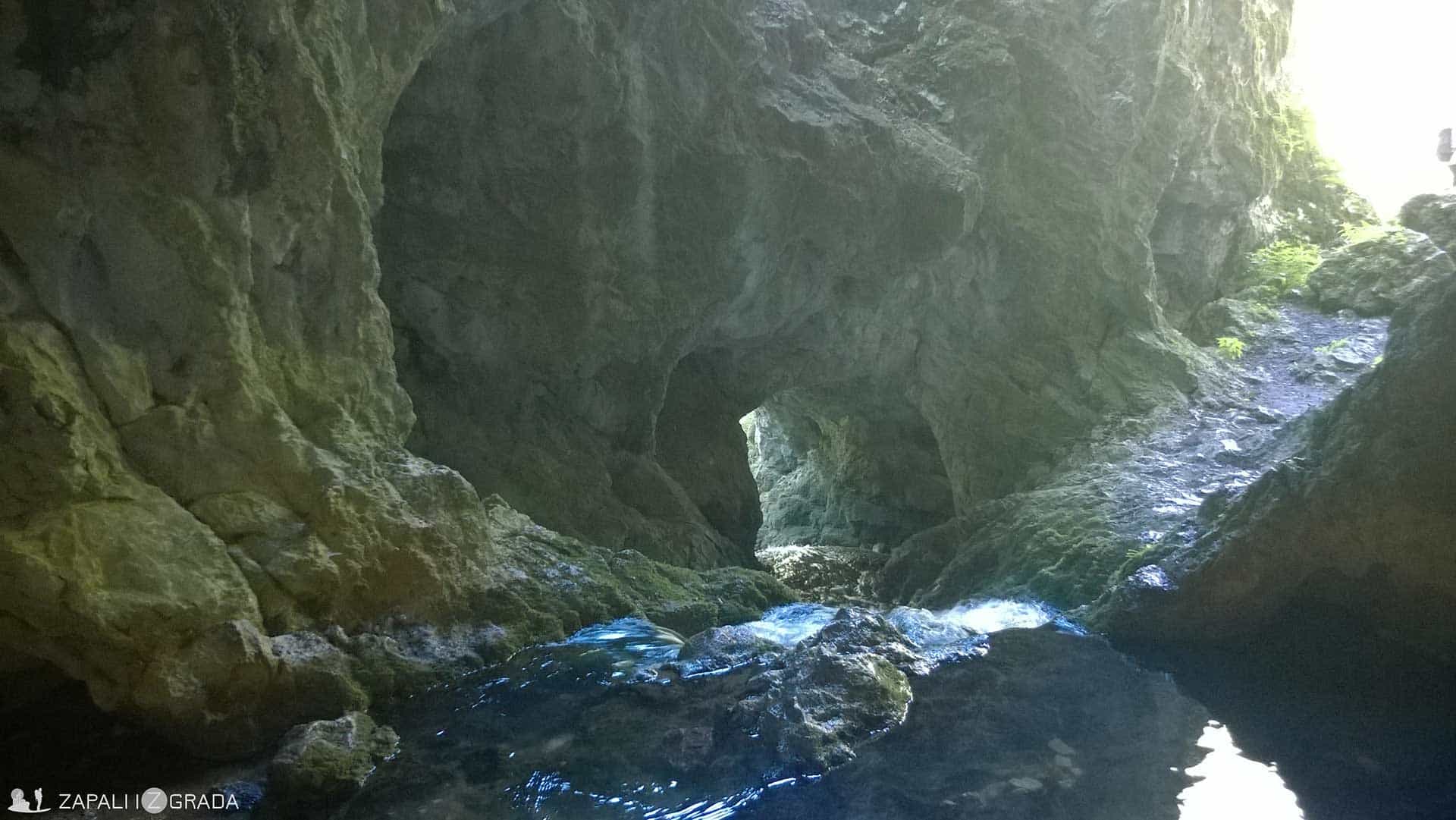
The full walk through the Panjica canyon is about 12 kilometers long and requires about three or four hours including breaks, photographing and eating. It gives you space for additional content. For those who are interested in religious heritage you can visit the monastery Klisura and the church of St. Achilles, Raška style of architecture from the 13th and 12th century.
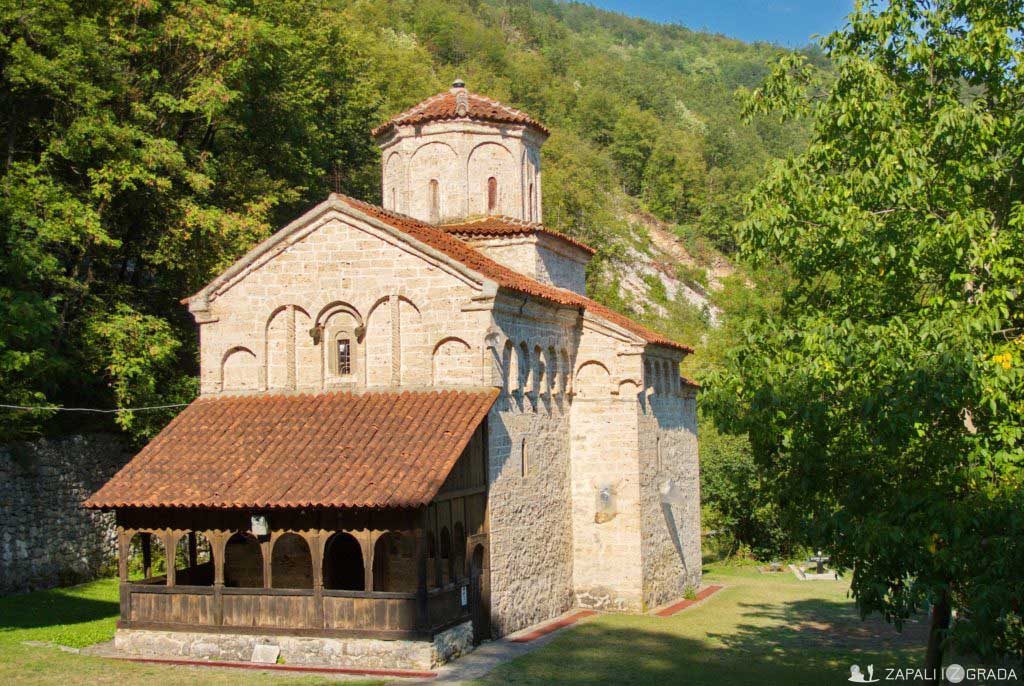
Klisura monastery
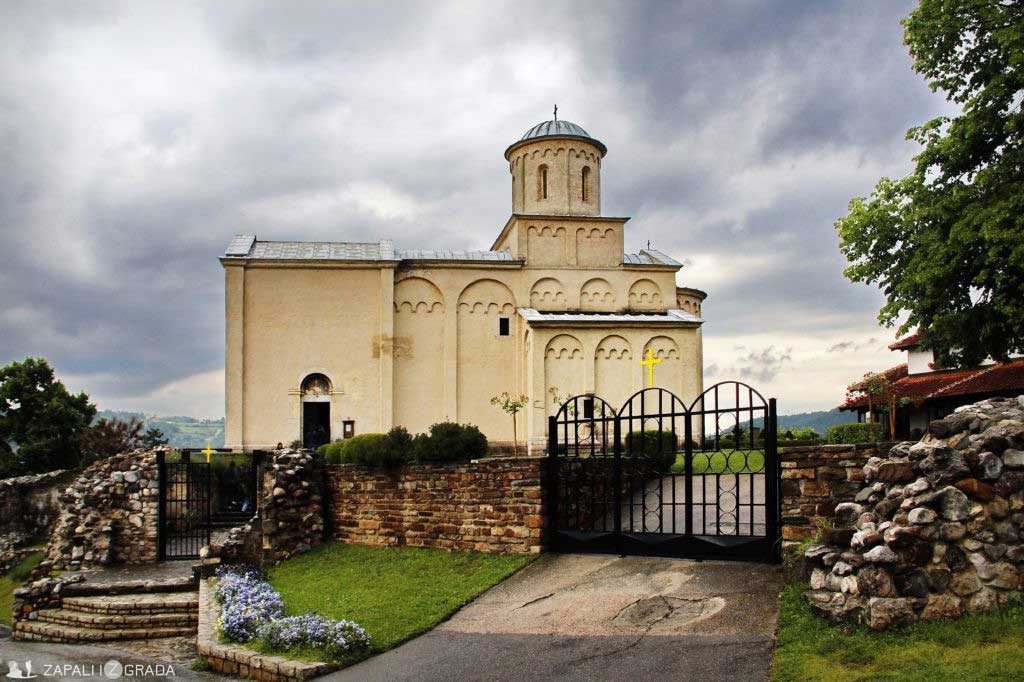
St. Achilles church, Arilje
Another option is swimming in one of the cleanest rivers in Serbia, the Great Rzav. West of Arilje, i.e. upstream, there is a stretch of several well-kept beaches: Uski vir, Žuta stena, Bosa noga, Urjak… When I say well-kept, I am talking about the parking, approach to the river, coffee-snack bar, toilets and similar content necessary for a long-hour stay, but still with a strong essence of wild nature.
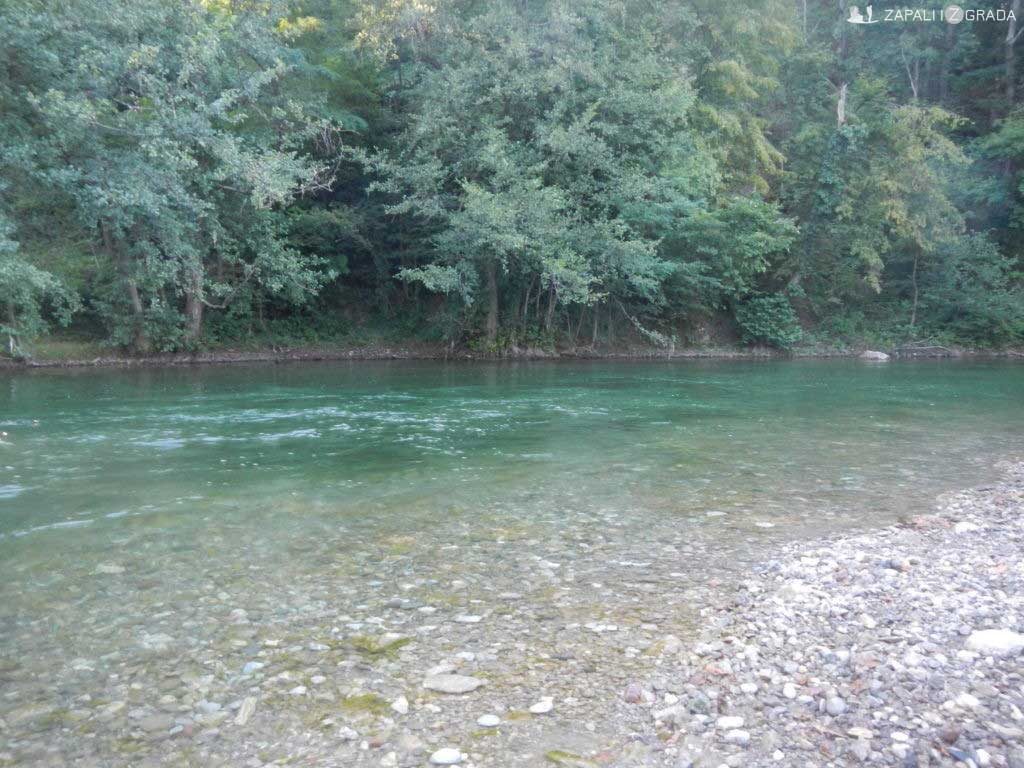
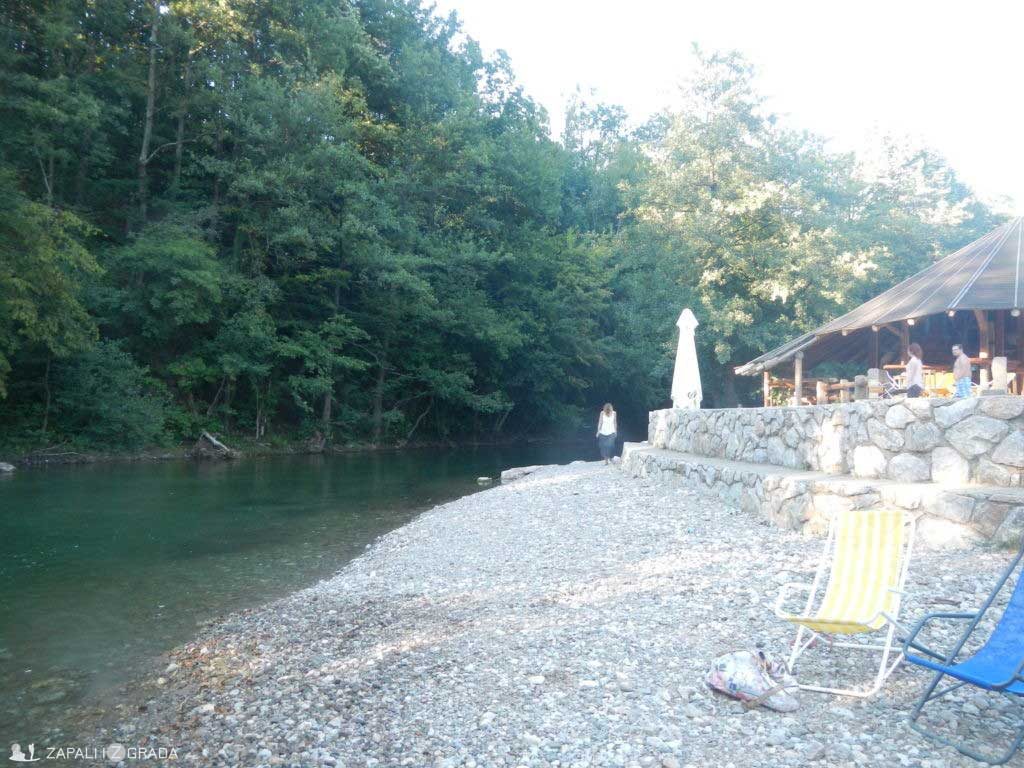
Grass areas surrounded by the woods and a beautiful green river full of underwater life promise outmost enjoyment. Since Rzav is a clean mountain river, do not expect water temperature to “take a bath”, but I’m sure that a hot July day will not resist the charms of these emerald whirlpools.

Leave a Reply